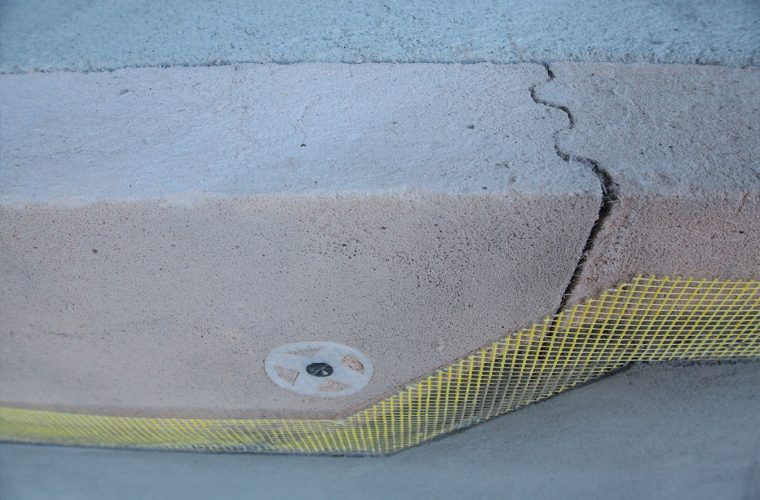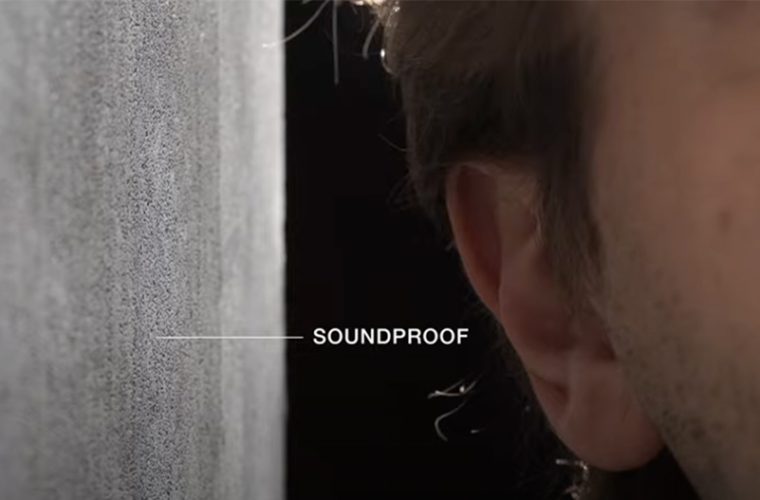

TECHNOLOGY
Cellular Concrete
For over 40 years, the core of our business has been the formulation of additives and the development of technologies for producing cellular concrete.
What is Cellular Concrete?
Used in the USA since 1951 and later introduced in Europe, cellular concrete is a fluid, lightweight material containing air particles uniformly distributed in the mix as foam produced by a foaming agent. This introduction of micro air bubbles into the cement matrix gives the final product excellent thermal and acoustic insulation properties.
How is Cellular Concrete Produced?
Our cellular concrete is made by mixing water, cement, sand (if needed), and a foam that incorporates micro air bubbles into the cement mortar. This composition makes cellular concrete an insulating, lightweight, and economical material, ideal for both modern and traditional applications. The simplicity of its production—no need for costly or energy-intensive equipment like kilns or autoclaves—makes it an efficient choice for contemporary construction.
The combination of these well-established effectiveness and efficiency features makes this material extraordinarily relevant today, perfect for compliance with regulations, and aligned with new construction trends emphasizing energy savings, environmental sustainability, renewable energy, and the use of natural materials.
APPLICATIONS
Applications of Cellular Concrete
Cellular Concrete, with its technical characteristics, offers versatility and multiple usage possibilities.
In-Situ Application
Our technology allows the density of cellular concrete to be adjusted according to the specific needs of each project. It is ideal for the base of flooring in civil and industrial environments, parking areas, airport runways, foundations, and much more.
Prefabricated
Beyond in-situ application, cellular concrete is also perfect for producing blocks (such as partitions, facades, and seismic blocks) and other types of prefabricated structures. Its lightness and strength make it ideal for a wide range of applications.
At Isoltech, we believe in continuous innovation for a more sustainable future. For over 40 years, our commitment to the cellular concrete sector has allowed us to anticipate trends with cutting-edge solutions that meet market demands.


